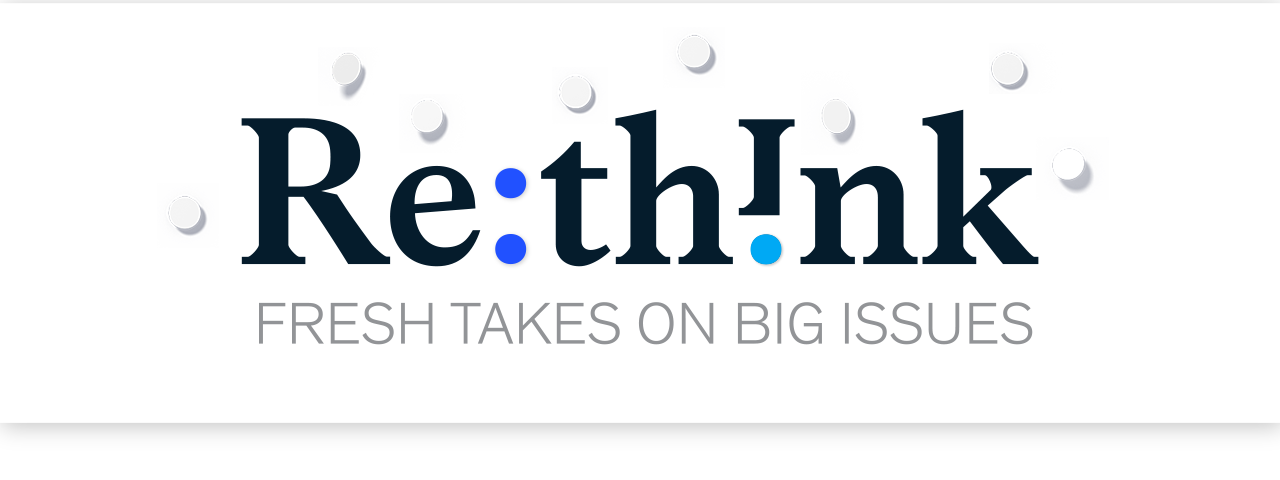 | |
|
|
|
ON GENERATIVE AI
The key to value from generative AI? Rewiring your company
|
|
|
|
|
|
|
|
|
|
|
|
Let’s start by acknowledging two things: one is that these are still early days for generative AI, and the hype around it has been almost without precedent; and two, that hype could be very real. Generative AI’s impact could be revolutionary.
The potential of generative AI seems to grow by the day. Through its ability to generate content, accelerate processes to develop new products and services, and create code, the large language models that power generative AI can have a profound impact on how we work. Just in healthcare, it could help discover more medicines, run more efficient clinical trials for those medicines, and improve the patient experience (think much better chatbots). As this technology spreads, it may almost seem like it’s giving humans superpowers—or at least abilities they never had before. We’re likely to see a productivity shift for workers unlike anything we’ve seen so far.
The risk is, however, that companies often lose focus in the face of all these incredible options. We’ve seen this movie before: a cool technology hits the scene, companies scramble to take advantage of it by launching myriad pilots, and while there might be a few isolated successes, the bottom-line value is underwhelming. It’s important to test generative AI to understand what it can do, and we’re already finding significant promise. In our own recent research at McKinsey, we have seen greater than 25 percent productivity improvement among our software developers when using Copilot, a generative AI development tool.
But the next level of value will come from a focused application of the technology on meaningful opportunities. As we argue in our book, Rewired: The McKinsey Guide to Outcompeting in the Age of Digital and AI, there is a fine balance between incorporating technologies that can generate significant value and dissipating resources and focus by chasing every promising technology that emerges. Many companies have yet to even make meaningful advances on broader application of AI. Our most recent research suggests that 50 percent of companies have not even developed a single AI application.
|
|
| |
|
“50% of companies have not developed a single AI application.” |
| |
|
As with any technology, the ability to extract at-scale value from generative AI requires businesses to make fundamental organization and operational changes—in other words, to rewire how they work. A good place to start is by developing a thorough understanding of what generative AI does best. This deeper understanding is crucial to figuring out how to create value. For example, what is a business’s value proposition when generative AI can access the world’s published knowledge? What other analytics models can be combined with gen AI to tap into breakthrough value?
At the operating model level, companies will need to evolve to accommodate a dedicated generative AI–focused agile team that can ensure responsible development and use of these solutions. This will likely mean closer collaborations with legal, privacy, and governance experts as well as with machine learning operations (MLOps) and testing experts to train and track models. On the people front, massive data science engineering work is needed to train people how to ask large language models the right questions, and how to use the technology in workflows and analyses. Companies will need to identify what skills are needed and what people should be working on.
The technology architecture will need to adapt to incorporate generative AI capabilities into end-to-end workflows, and then people can be trained (and retrained) on how to work with them. There will need to be an evolution at multiple levels in the tech stack—data layer, model layer, UX interface—to ensure adequate integration of these kinds of solutions. MLOps presents an area of special focus. Massive improvements in ML tooling and technologies have expedited the application life cycle and enabled consistent and reliable scaling of AI across business domains. But effective MLOps requires a focus on the full set of application development activities rather than just focusing on the models themselves. We estimate that as much as 90 percent of the failures in ML development come not from developing poor models but from poor production practices and the challenges of integrating the model with production data and business applications. This will be as true for generative AI models, and an especial challenge at large companies today that are already running and managing as many as 500 AI models.
Generative AI is an incredible technology, but it’s still just a technology. To take advantage of that technology requires companies to rewire so they can rapidly develop solutions, improve their customer experience, accelerate innovation, and reduce unit costs.
|
|
|
| |
| | |
| |
|
John Spivey on how private markets have performed amid uncertainty |
|
Private markets soared in the first half of last year—until inflation and high interest rates threw a wrench in the gears. Here’s what happened, how it changed the landscape, and what it means for this year. |
|
|
| |
| |
|
This email contains information about McKinsey’s research, insights, services, or events. By opening our emails or clicking on links, you agree to our use of cookies and web tracking technology. For more information on how we use and protect your information, please review our privacy policy. |
|
You received this email because you subscribed to our McKinsey Quarterly alert list. |
|
|
Copyright © 2023 | McKinsey & Company, 3 World Trade Center, 175 Greenwich Street, New York, NY 10007 |
|
|
|
|





